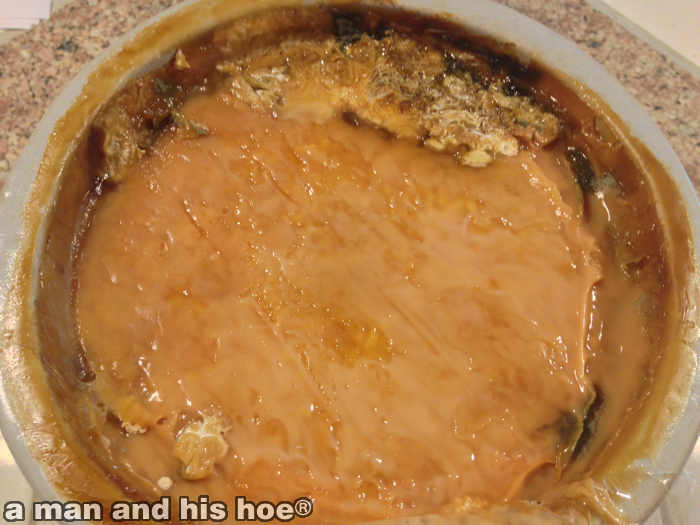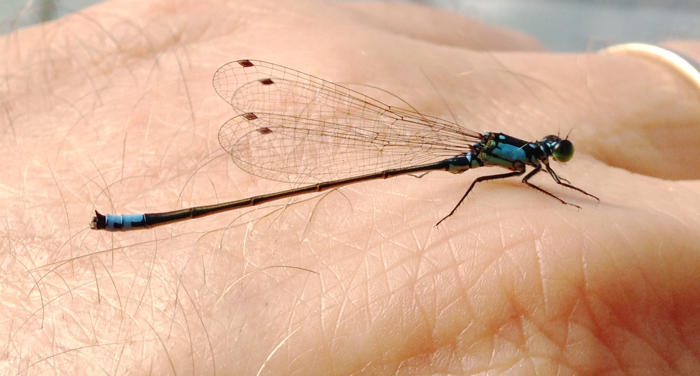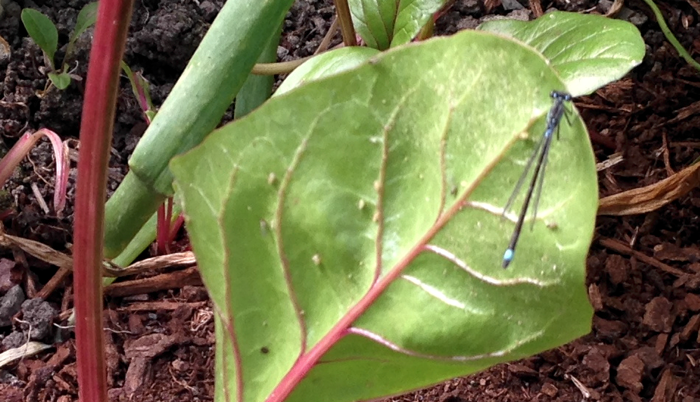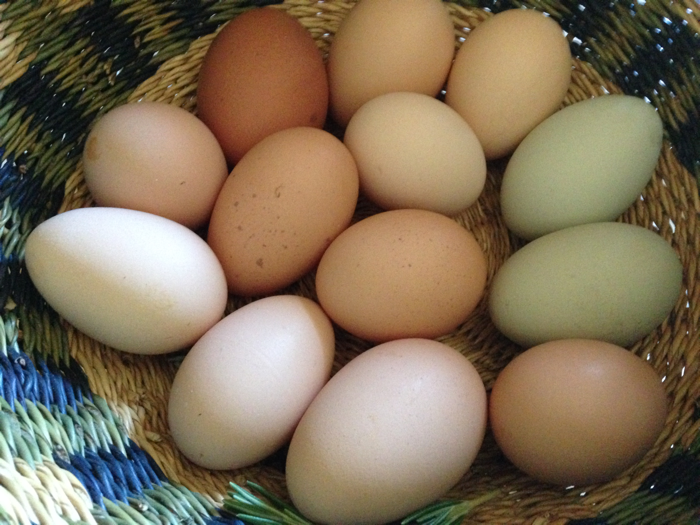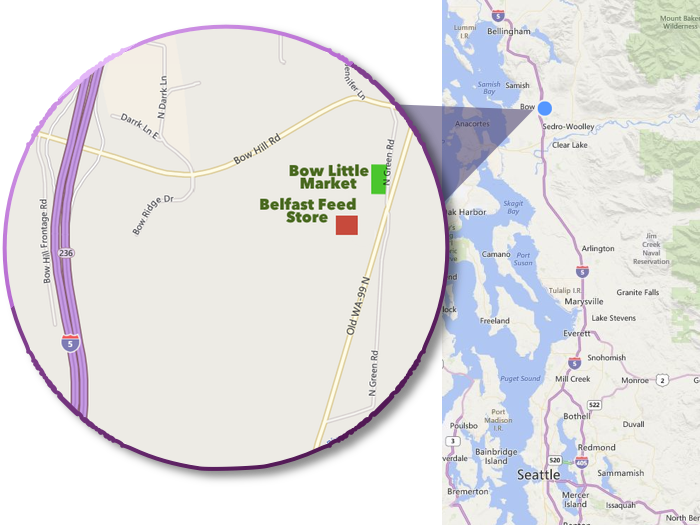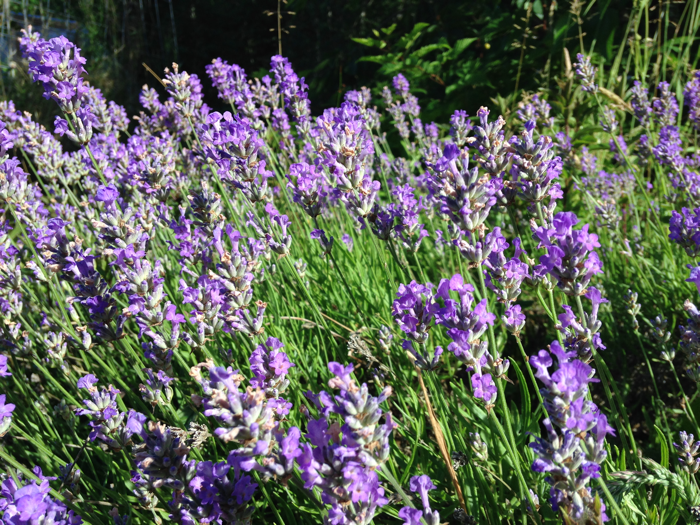
Wood is a good medium for making art. To work with wood, a chainsaw comes in handy.
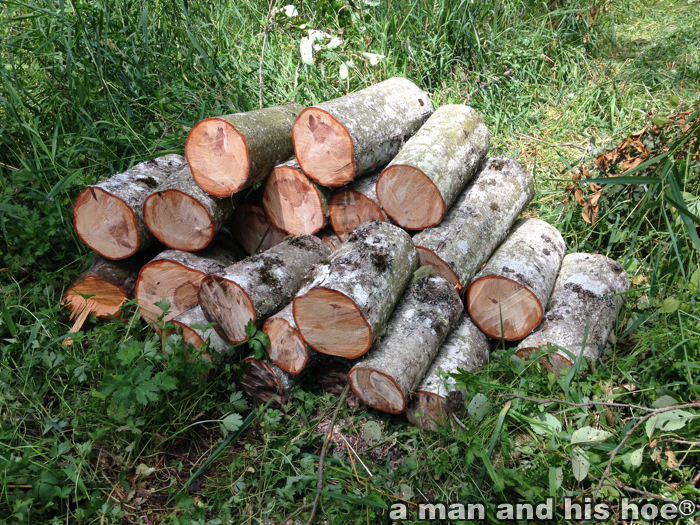
The pieces are cut and stacked. What’s left behind is the flattened grass where the tree used to lie. Eventually there will be rows of salad greens, garlic, shallots, potatoes, beans, and other produce growing here.
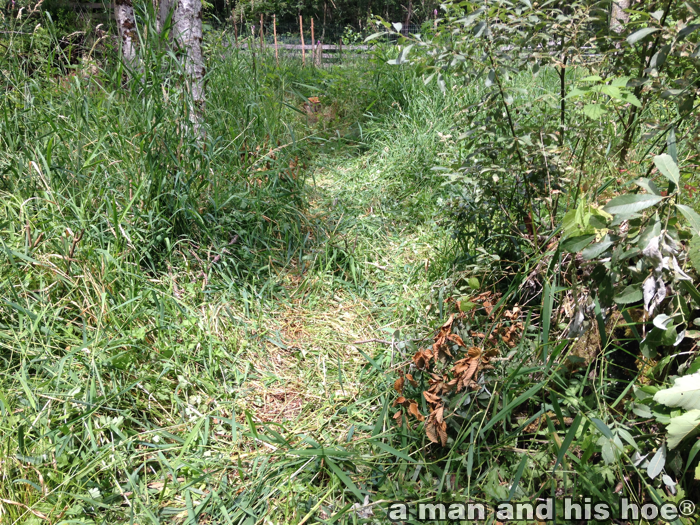
The wood is split and stacked. The art installation is complete. This piece is about a quarter of a cord. By spring it will have vanished, used to keep the house warm in the middle of winter.

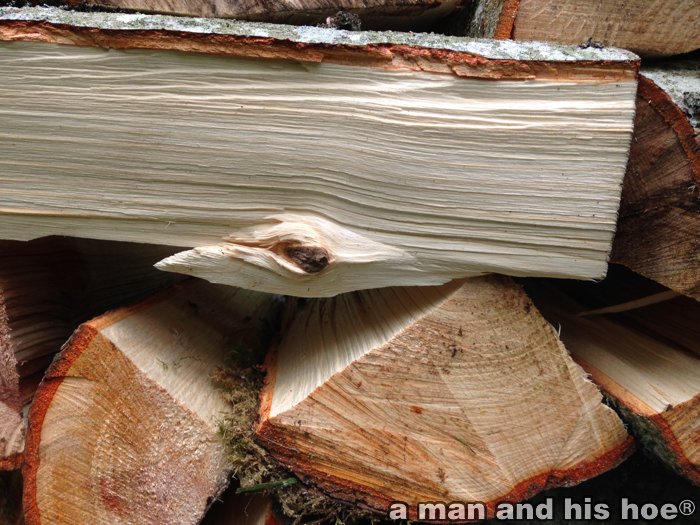

Lucky isn’t impressed with the art installation. She just walks by without so much as pausing and pondering what the artist is trying to convey.

